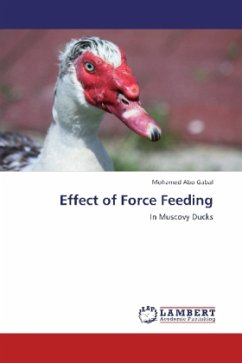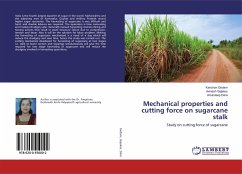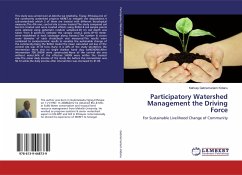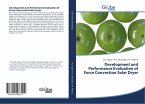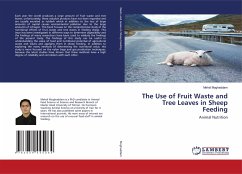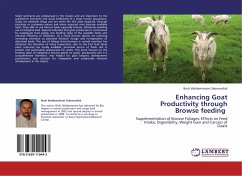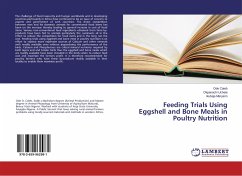Force feeding is an ancient practice, first recorded in ancient Egypt, but until the 1950 s foie gras production remained somewhat limited in volume. Foie gras is currently produced in various countries but approximately 80% of world production and consumption takes place in France.Only three waterfowl genotypes are currently used for force-feeding in France: the grey Landaise goose strain (Anser anser), the Muscovy duck (Cairina moschata) and the mule duck.Unfortunately, very few data are available on the metabolic response to force feeding, especially the information about the overfeeding of Muscovy duck on some productive and physiological traits of this breed.Thus, the present study was designed to evaluate the performance of force feed duck under Egyptian condition.
Bitte wählen Sie Ihr Anliegen aus.
Rechnungen
Retourenschein anfordern
Bestellstatus
Storno

